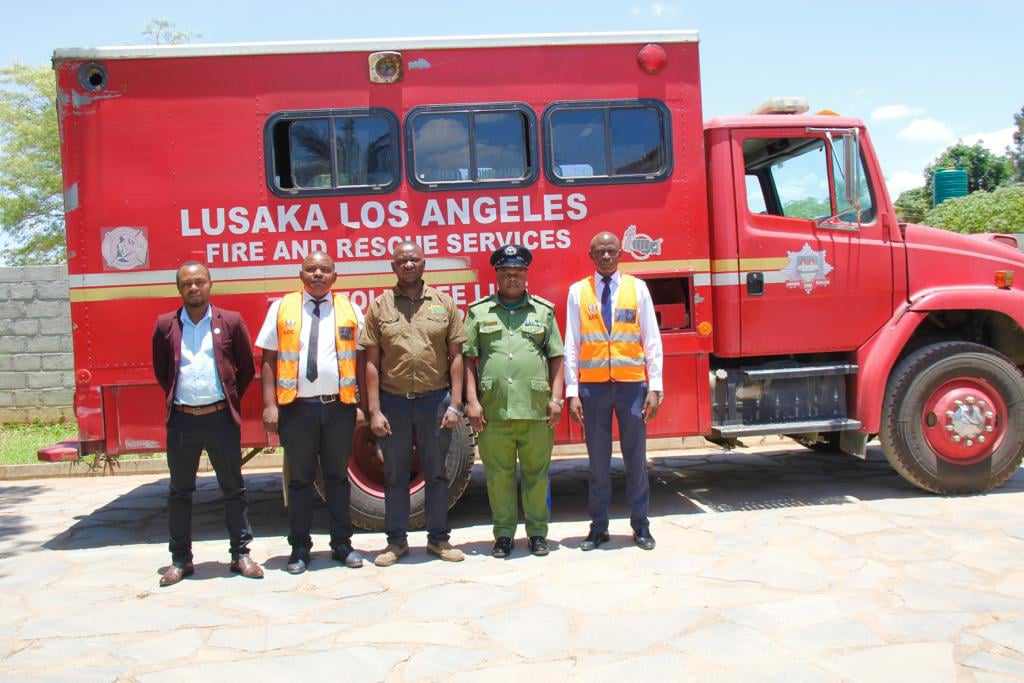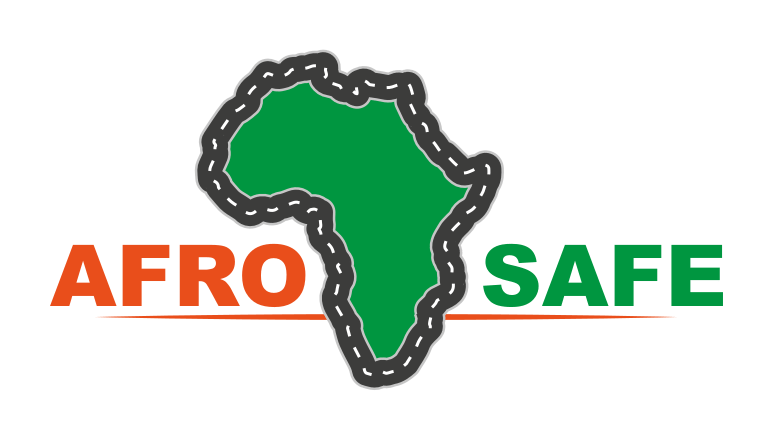Part of the Safe System approach to road safety, post-crash response involves time-sensitive actions, starting from using emergency care to rehabilitation and getting back into society. Liga Gutmane, at NTU International (an AfroSAFE partner), explains what post-crash response is, what we know about it in the African countries, and gives a glimpse into AfroSAFE’s work on post-crash response in Ghana, Tanzania, and Zambia.
What is post-crash response?
In essence, post-crash response involves time-sensitive actions, starting from using emergency care to rehabilitation and getting back into society. As we strive for effective prehospital trauma care systems globally, collective efforts informed by comprehensive frameworks are essential to revitalise post-crash response and save lives in the face of road traffic crash (RTC) tragedies.

Post-crash response involves a range of responders including police, ambulance services, fire brigades, as well as healthcare providers, rehabilitation specialists, and community support for reintegration.
In the aftermath of RTCs, the urgency of post-crash response cannot be overstated. Particularly crucial in low- and middle-income countries where road traffic deaths are three times higher, effective post-crash care faces unique challenges due to limited healthcare access.
Enhancing trauma care systems, as evidenced by a 50% reduction in preventable deaths, lies at the core of post-crash response. The Safe System approach prioritises rapid access to emergency medical care and a secure environment for first responders to reduce fatalities and serious injuries.
What do we know about it in the African countries?
Post-crash care in African countries faces multifaceted challenges. Limited access to quality healthcare exacerbates the difficulties in delivering prompt care. Inadequate prehospital care, marked by a scarcity of trained first responders and efficient emergency service protocols, leads to delays in reaching crash victims. Infrastructure and transportation challenges, including poorly maintained roads and a lack of ambulance services, impede swift transportation to medical facilities, intensifying the impact of injuries.
Public awareness and education about immediate post-crash response are insufficient, with communities often unaware of their crucial role in providing initial care. Furthermore, a critical deficiency in training personnel across various response levels, from first responders to medical professionals and the public, hinders the efficient provision of post-crash care.
What work are you going to do in Tanzania, Ghana, and Zambia, as part of AfroSAFE?
In the initial phase, we thoroughly mapped out corridors, identified key stakeholders, and assessed existing initiatives. This foundational step laid the groundwork for a comprehensive understanding of the emergency response landscape in the regions.
We’re currently immersed in an in-depth corridor analysis, delving into the intricacies of existing systems. Our goal is to identify needs and gaps that demand attention. From this analysis, we will craft targeted recommendations for improvements and present action plans to key stakeholders. Their invaluable feedback will shape the course of our actions.
The culmination of our efforts will manifest in the Pilot Projects. This is where theory meets practice. This real-world application of developed strategies aims to enact a change, showcasing the effectiveness of our collaborative and comprehensive approach.
What are the main challenges in doing this work?
Undertaking the crucial work with AfroSAFE in Ghana, Tanzania, and Zambia comes with its share of challenges, each requiring careful navigation to ensure the success of our mission, such as:
- Diverse Regulatory Environments
Adapting guidelines that are not only effective but also align with each country’s regulatory framework is a complex task. Navigating these diverse environments requires careful consideration and collaboration with local authorities. - Interagency Collaboration
Coordinating efforts among different emergency service entities, each with its own protocols and hierarchies can be challenging. Establishing a collaborative environment that promotes information sharing and joint training exercises requires overcoming potential resistance or inertia within existing systems. - Sustainability
Creating lasting impact goes beyond initial guideline implementation and training exercises. Ensuring that the changes we initiate are sustainable in the long term requires building local capacity, garnering community support, and fostering a sense of ownership among the involved stakeholders. - Public Awareness and Participation
Successfully implementing guidelines and training exercises also depends on the active involvement and understanding of the public. Enhancing public awareness about the importance of emergency services and their role in the process is an ongoing challenge.
What are you hoping to achieve at the end of AfroSAFE?
Embarking on a mission with AfroSAFE in Ghana, Tanzania, and Zambia, our focus is to catalyse transformative changes in emergency services. At the heart of our endeavours are initiatives aimed at fostering seamless collaboration and efficiency among vital stakeholders – the police, ambulance, fire brigade, and hospitals.
Potentially, one key facet of our work will result in comprehensive guidelines for emergency services. These guidelines will serve as a roadmap to enhance interoperability and coordination, fostering a more cohesive response system. By providing a structured framework, we aim to bridge existing gaps and optimise the collective efforts of these crucial entities during emergencies.
But we don’t stop there. Recognising the power of hands-on experiences, we plan to organize joint training exercises. Bringing together diverse components of the emergency services – from hospitals to police, fire brigades, and ambulances – these exercises will be designed to elevate capacities, improve interoperability, and enhance overall operational effectiveness.



